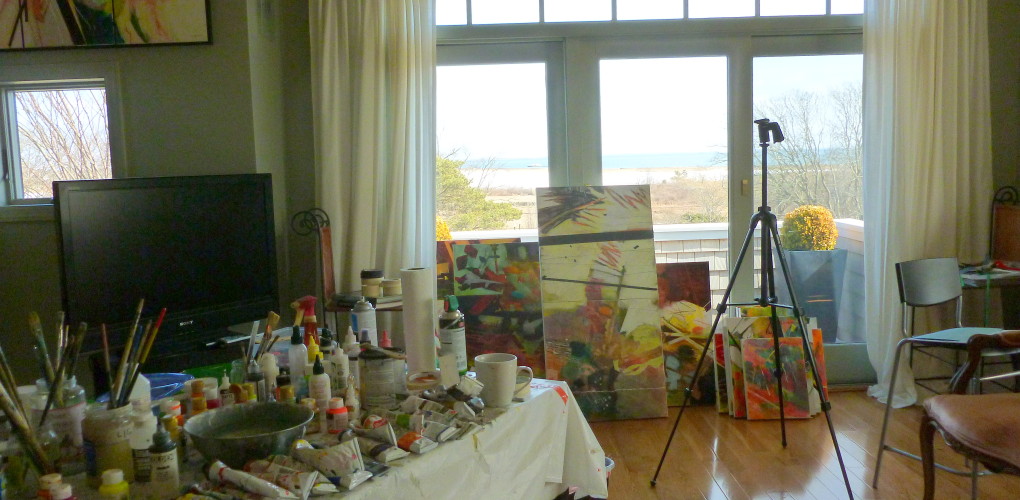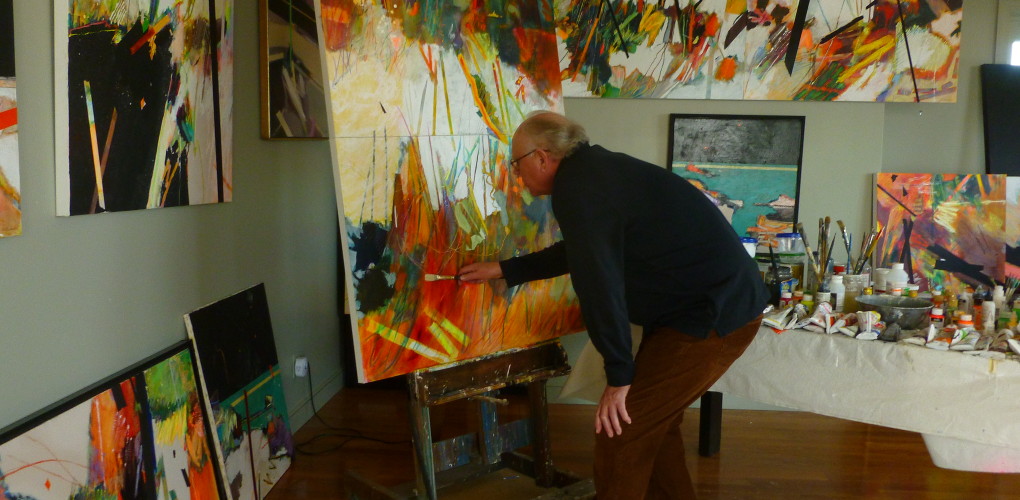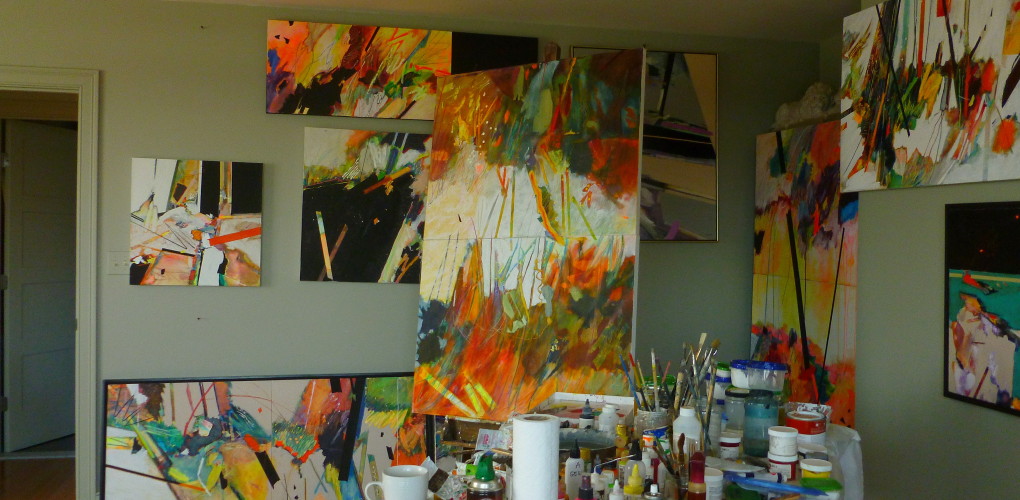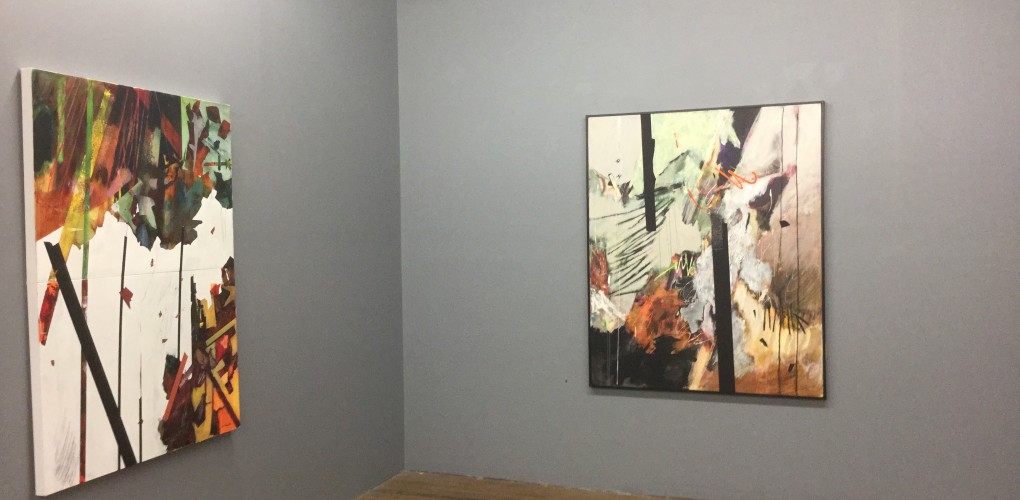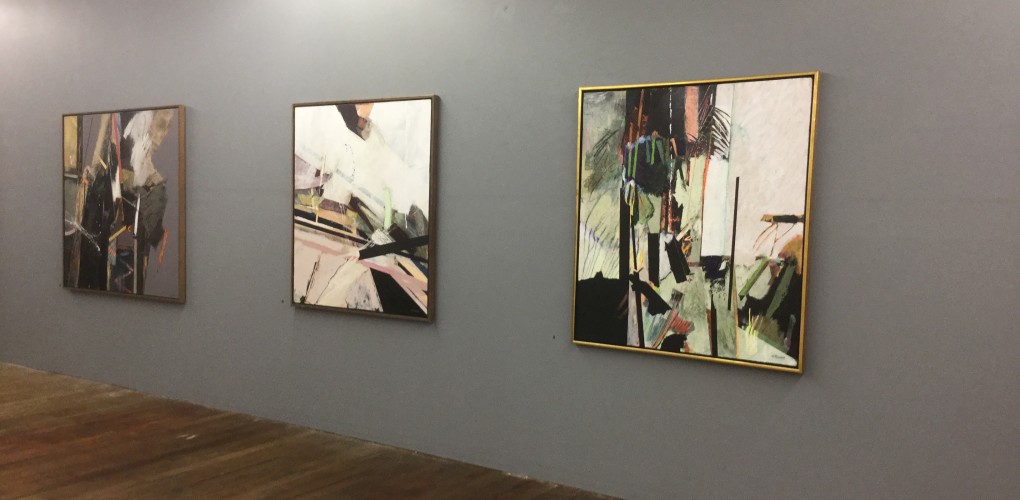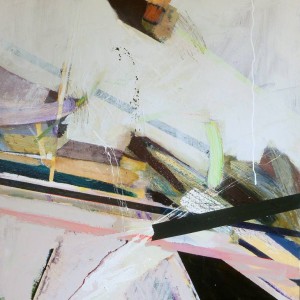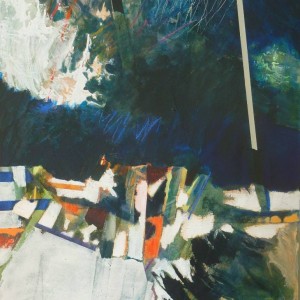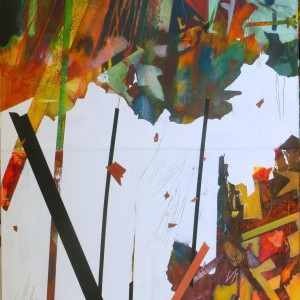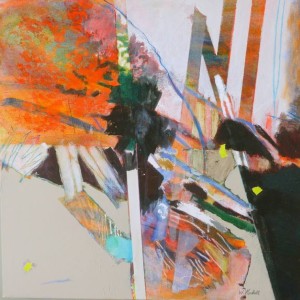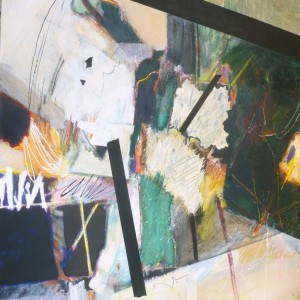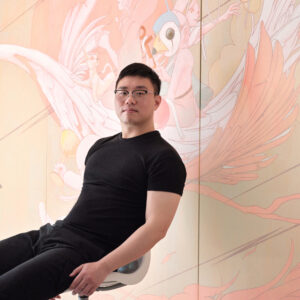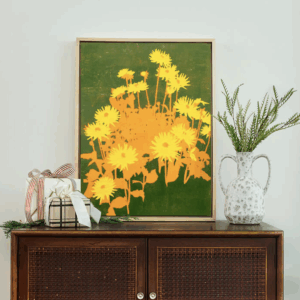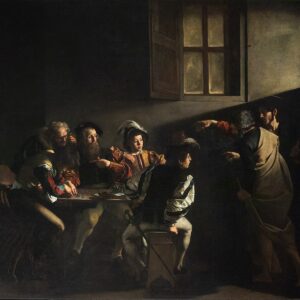Inside the Studio
 William Kendall
William Kendall
What are the major themes you pursue in your work?
I think in terms of abstraction; the subject of my paintings is the paint itself. Most of my works have titles that deal with the sea, but the title comes to me only after the painting is finished. I deal with the power of color–the richness of texture, and the suggestion of space. My process is a complicated layering of pigment using impasto, scumbles, and glazes. Edges are my vocabulary; much like jazz, improvisation is my language. I try to keep pushing the paint and to make things happen in spontaneous ways. I use combinations that I’ve never used before. Each time I begin a painting, I am curious myself to see what will happen, and it is always a surprise.
What was the best advice given to you as an artist?
As a graduate student at the University of Wisconsin, at Madison, I was concerned that my paintings were not in vogue, not the style ‘of the day.’ My major professor, Robert Grilley (who was a figurative painter) told me, “Each of your paintings is original. Do not ever think of changing because you want to be part of a trend. You are a painter.”
Prefer to work with music or in silence?
I prefer to work in silence. My painting process is all about constant decision-making, and I am editing all the time. I have no time to listen to music. As John Graham (artist critic and theorist) once said, “Starting a painting is starting an argument in terms of canvas and paint: it seems that I’m always in the middle of an argument.”
If you could only have one piece of art in your life, what would it be?
It would have to be Madame Cezanne in a Red Armchair by Paul Cezanne.
Who are your favorite artists?
I think that having a knowledge of what art has come before us is very important to an artist’s development. I have favorite artists from many periods throughout history. Among them are Joan Mitchell, Cy Twombly, Arshile Gorky, Henri Matisse, Jean-Baptiste Camille Corot, and my very old favorite, Paul Cezanne

